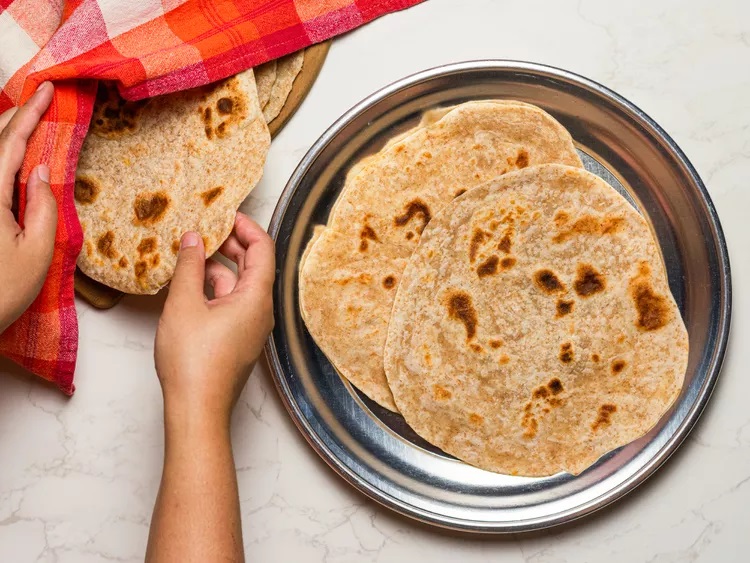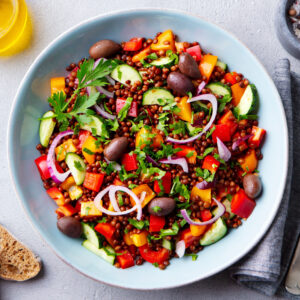Make grandma’s Kenyan chapati: simple, pillowy-soft, and delicious!
Learn to make soft Kenyan chapati with ease! With simple pantry ingredients and the right technique, these savory flatbreads can be whipped up in no time.
Kiano Moju shares his expertise in crafting these delicious treats, drawing from his upbringing in Kenya. His grandmother’s recipe, perfected over years of practice, ensures pillowy-soft chapati every time.
Kenyan chapati differs from its Indian counterpart, featuring thinner layers achieved by reducing the amount of fat used. The hallmark of excellent Kenyan chapati lies in its flaky layers, achieved by laminating the dough with oil. Kiano’s preference for using oil allows the wheat flavor to shine through.

To replicate the fine texture of Kenyan flour, a blend of all-purpose and whole-wheat flour works best. This blend retains moisture, resulting in tender chapati. Incorporating milk into the dough further enhances its tenderness, reducing gluten development.
Proper hydration and pliability are key to successful chapati. A well-hydrated dough yields a soft texture, while a seasoned cast-iron skillet ensures even cooking.
Kiano emphasizes using minimal oil to prevent the chapati from becoming crispy. Instead, a thin film of oil on the skillet maintains softness.
Chapati-making is not just about cooking; it’s a social activity. Gather friends or family to join in the fun. Each person can play a role, from rolling out the dough to cooking the chapati.
Follow Kiano’s step-by-step instructions for making chapati from start to finish. Mix the dough, let it rest, roll it out, and cook it on the stovetop. The result? Flaky, flavorful chapati ready to be enjoyed with your favorite dishes.
With Kiano’s guidance, anyone can master the art of making Kenyan chapati. Whether you’re a seasoned cook or a beginner, this recipe is sure to impress. So, roll up your sleeves and get ready to savor the taste of Kenya with homemade chapati!
Repurposed article originally published in Serious eats
4 / 4









